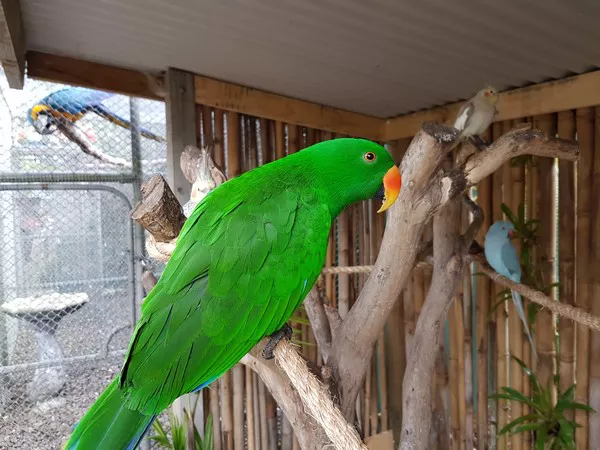Sulcata tortoises are fascinating creatures, known for their hardy nature and ability to adapt to various climates. However, they are still sensitive to temperature extremes, and it’s important for their health and well-being to maintain appropriate temperatures. Today, we will explore what temperature is too cold for a Sulcata tortoise and how to keep them safe and comfortable in cooler weather.
Ideal Temperature Range for Sulcata Tortoises
Sulcata tortoises are native to the hot, arid regions of Africa, and they require warm temperatures to thrive. Their ideal temperature range is between 75 and 85 degrees Fahrenheit during the day and 65 to 75 degrees Fahrenheit at night. These temperatures mimic their natural habitat and allow them to regulate their body temperature and metabolism.
However, Sulcata tortoises can tolerate slightly cooler temperatures for short periods of time. They can handle temperatures as low as 60 degrees Fahrenheit for a few hours, but extended exposure to temperatures below 50 degrees Fahrenheit can be dangerous and even fatal.
What Happens When a Sulcata Tortoise Gets Too Cold?
When a Sulcata tortoise is exposed to temperatures that are too cold, their metabolism slows down, and they become lethargic. This can lead to a host of health problems, including respiratory infections, digestive issues, and dehydration. If left untreated, these conditions can be life-threatening.
What Temperature is Too Cold for Sulcata Tortoises?
While sulcata tortoises are capable of tolerating cooler temperatures, they are not adapted to extremely cold conditions. The threshold for what temperature is too cold for a sulcata tortoise depends on several factors, including the age and size of the tortoise, the length of exposure, and the overall health of the animal.
In general, sulcata tortoises can handle temperatures as low as 50 degrees Fahrenheit for short periods of time. However, prolonged exposure to temperatures below 50 degrees Fahrenheit can cause health problems, including respiratory infections, pneumonia, and hypothermia. If a sulcata tortoise’s body temperature drops below 60 degrees Fahrenheit, they may become lethargic and lose their appetite, and their immune system may be compromised, making them more susceptible to disease.
How to Keep Your Sulcata Tortoise Warm
To keep your Sulcata tortoise healthy and comfortable, it’s important to provide them with a warm and cozy environment. Here are some tips for keeping your tortoise warm in cooler weather:
- Provide a heat source: One of the easiest ways to keep your tortoise warm is to provide a heat source, such as a heat lamp or ceramic heater. Make sure to place the heat source on one side of the enclosure, so your tortoise can move away from it if they get too warm.
- Use a thermostat: It’s important to use a thermostat to regulate the temperature in your tortoise’s enclosure. This will prevent the temperature from getting too hot or too cold and ensure that your tortoise stays safe and comfortable.
- Insulate the enclosure: Insulating your tortoise’s enclosure can help retain heat and keep them warm. You can use insulation panels or blankets to cover the sides and top of the enclosure.
- Provide a warm hide: Providing a warm hide, such as a cardboard box or plastic container, can give your tortoise a cozy place to rest and regulate their body temperature.
- Avoid drafts: It’s important to keep your tortoise’s enclosure away from drafts and cold air. Make sure that windows and doors are sealed, and that the enclosure is not placed in a drafty area.
In Conclusion
Sulcata tortoises are hardy creatures, but they still require warm temperatures to stay healthy and comfortable. Maintaining an appropriate temperature range, providing a heat source, and insulating their enclosure can help keep them safe and happy, even in cooler weather. If you are unsure about the ideal temperature for your Sulcata tortoise, consult with a veterinarian who specializes in reptiles.
Recommended reading:


























